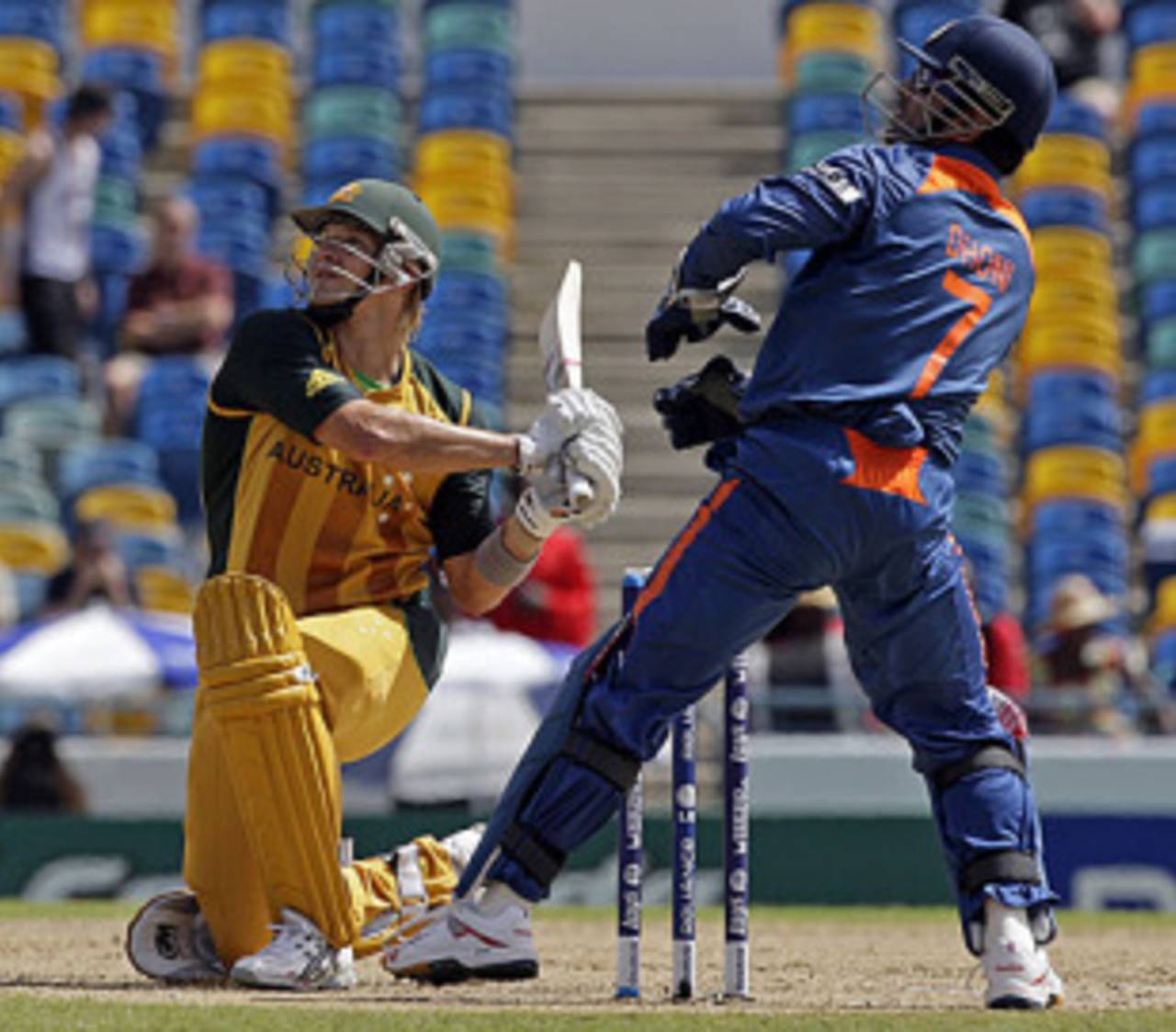Australia's aggression will take some stopping
Australia's strength has always been to hit the opposition hard. They are now showing they can replicate that success in Twenty20

Shane Watson's knock exemplified Australia's stand-and-deliver approach • Associated Press
Andrew McGlashan is assistant editor of Cricinfo